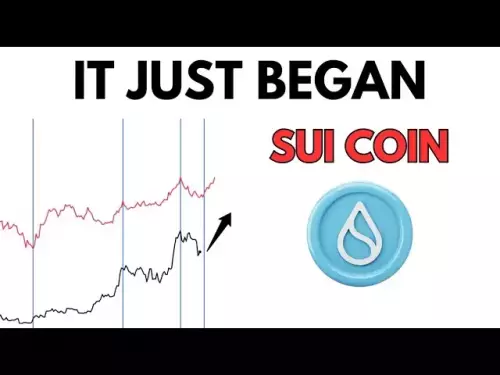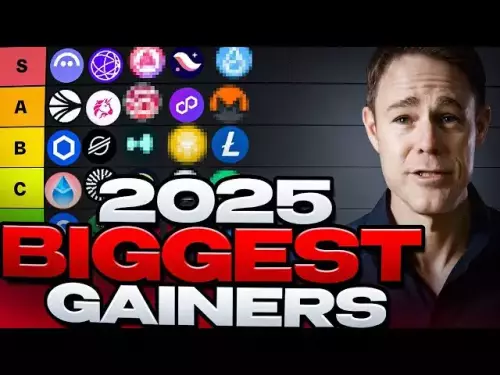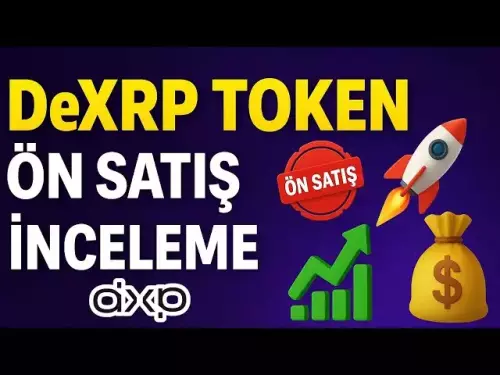A look at the evolving landscape of SEC regulation, Hester Peirce's role as 'Crypto Mom,' and the challenges facing token projects.

The world of SEC regulation, crypto innovation, and token projects is a bit of a rollercoaster, ain't it? Let's break it down.
The SEC and Token Projects: A Delicate Dance
The Securities and Exchange Commission (SEC) has been increasingly active in the crypto space, scrutinizing token projects and attempting to apply existing securities laws to this new asset class. This has led to some tension, as many in the crypto community feel that the SEC's approach is stifling innovation. One recent example is the OpenVPP incident. SEC Commissioner Hester Peirce, often called "Crypto Mom" for her pro-crypto stance, found herself in a pickle when a blockchain initiative, OpenVPP, implied she was endorsing their tokenizing electricity markets project. Peirce quickly clarified that she doesn't endorse any specific projects, highlighting the tightrope regulators walk when engaging with startups.
"Crypto Mom" Hester Peirce: A Voice for Innovation
Hester Peirce has earned the nickname "Crypto Mom" for her openness to digital asset innovation and her willingness to engage with the crypto community. She leads the SEC's crypto task force, aiming to ensure small startups have a voice in shaping future regulations. Peirce wants to give early-stage founders a voice in policy discussions, which are typically dominated by large industry players. This initiative involves a series of roundtables across the country, designed to gather perspectives and inform policy decisions. However, the OpenVPP incident shows how tricky it can be to balance outreach with public perception.
Token Projects: Community, Utility, and Launch Strategies
Launching a successful token project today requires more than just solid technology; it demands community engagement, visibility, and seamless user adoption. Platforms like Kaito Yapper are becoming crucial for projects to connect with early adopters and build a committed user base. Kaito Yapper onboarding is a structured process to integrate a project within the platform’s ecosystem. It involves creating a verified presence, introducing the project narrative, and connecting directly with communities that align with its vision. Community creates buzz, validates legitimacy, and drives network effects.
The Macroeconomic Influence: Interest Rate Cuts and Pi Network
Jerome Powell's recent interest rate cut has had a ripple effect on the crypto industry. Historically, looser monetary policies tend to support high-risk assets like crypto by increasing market liquidity. Pi Network, with its community-driven approach and mobile-first mining model, is uniquely positioned to benefit from this shift. With millions of users worldwide, Pi Network has cultivated one of the largest and most engaged communities in the Web3 space. Its native currency, Picoin, is engineered for real-world use, aligning well with investors seeking assets with tangible use cases and long-term viability.
Looking Ahead: Navigating the Regulatory Maze
As the crypto landscape evolves, token projects must navigate the regulatory maze while fostering vibrant communities and building real-world utility. It's a challenging but exciting time, with opportunities for innovation and growth. Whether it's the SEC's evolving stance, Hester Peirce's advocacy for sensible regulation, or the rise of community-driven platforms, the future of crypto is sure to be interesting.
So, buckle up, crypto enthusiasts! It's gonna be a wild ride.























































































